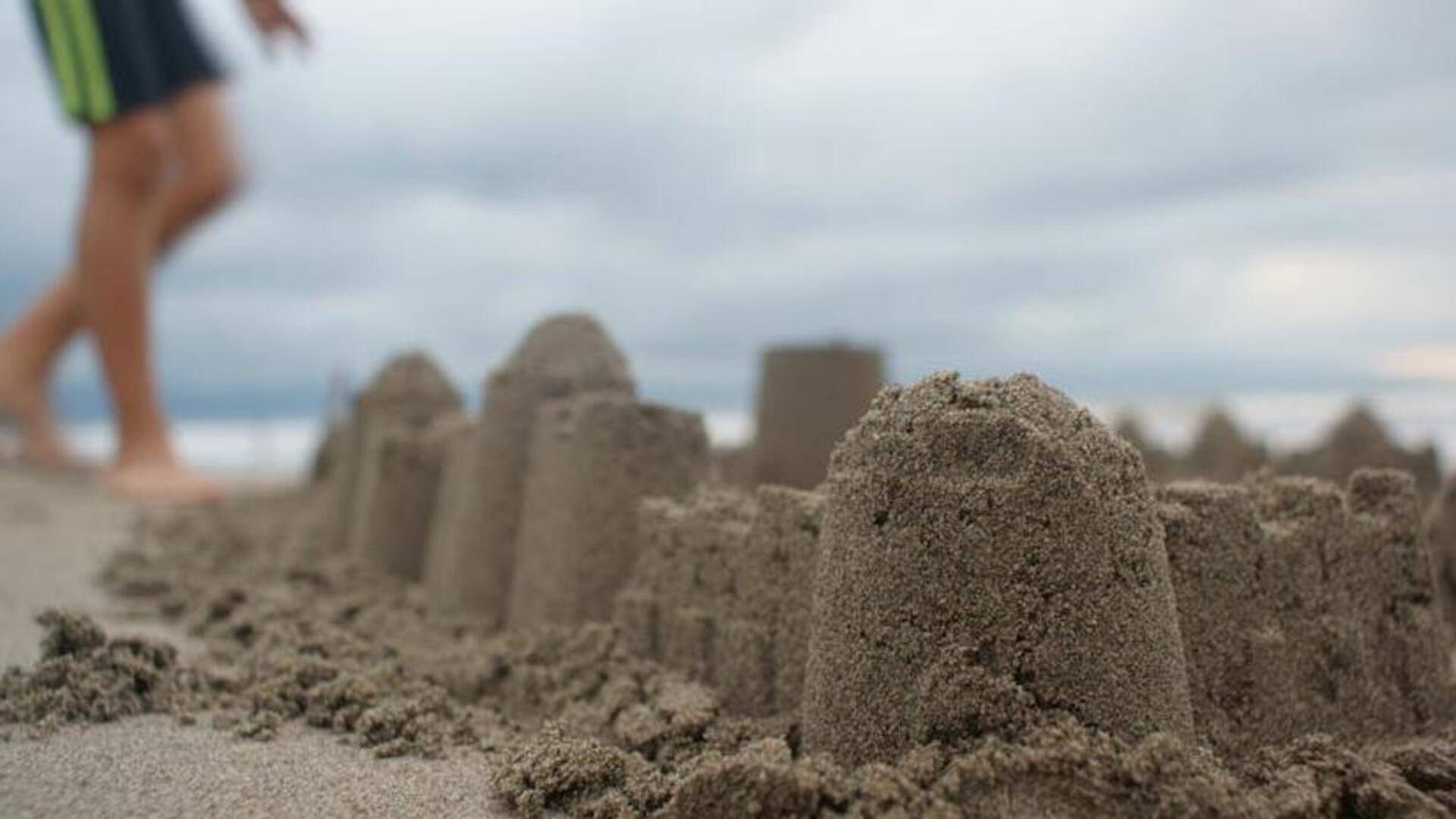
Exploring sand sculpture artistry
What's the story
The ephemeral art of sand sculpture transforms simple beach sand into mesmerizing, complex creations. This art form requires skill, patience, and imagination as artists shape detailed figures and landscapes from nothing more than sand and water. Ranging from miniature models to colossal installations, sand sculptures are exhibited at competitions and festivals worldwide, celebrating the transient beauty of this unique medium.
Foundation
Understanding the basics
Before you start building skyscrapers, you need to learn the ABCs of sand sculpture. The main ingredients are pretty basic: sand and water. But not just any sand will do; it has to have enough clay content (around 10%) so it sticks together when wet. For tools, think shovels for big shapes and carving tools for details.
Crafting
Techniques and tools
Artists use a combination of techniques to create different textures and effects in their sculptures. Compaction is the key! Wet sand is firmly packed into forms or hand-built mounds before any carving starts. This process creates a solid base that can hold up to the most intricate designs without falling apart. Carving tools can be anything from a simple kitchen utensil to a specialized sculpting instrument for precision work.
Competition
Participating in competitions
For the competitive at heart, sand sculpture contests provide a thrilling rush of adrenaline. These competitions span from casual beach gatherings to colossal international festivals, drawing world-class talent. Rewards range from the pride of a well-earned ribbon to cash prizes over $1,000 for grand champions. Most contests center around themes or categories, allowing for a structured yet creative environment for artists to display their masterpieces.
Inspiration
Learning from masters
One of the most effective ways to enhance your skills is by seeking knowledge from experienced sculptors. Many accomplished artists offer workshops or tutorials online where beginners can learn about advanced techniques like undercutting (creating overhangs) or how to achieve smooth finishes on their sculptures. Watching professionals at work during competitions or exhibitions also provides invaluable insights into the process behind large-scale works.
Getting started
Tips for beginners
For beginners looking to dive into this art form, here are some tips: Start small and master simple designs before tackling complex structures. Practice makes perfect - compaction techniques are key for stability. Find your magic wand - experiment with tools to discover your favorites. And, remember, Rome wasn't built in a day! Have patience and enjoy the process of learning through trial and error.